Shopping is cheaper but is it nullifying the discounter threat?

Morrisons last week reported a fall in underlying pre-tax profits of 51% to £181m for the six months to 3 August as like-for-like sales fell 7.4%.
In all results presentations, management will look to put a positive spin on performance – but are there any reasons to be cheerful?
At least no-one can say the results came as a shock. When it unveiled its new price-cutting strategy in May it said its profits would halve in the year ahead while there would be a deflationary impact on sales. In this prediction it’s been spot on.
Morrisons can also point to a slowdown in the decline of like-for-like items per basket from -5.9% in Q1 to -3.2% in Q2; a cull of more than 2,000 SKUs so far this year to simplify its range and category management costs; and a reduction in promotional participation – though it did admit like-for-like sales improvements were unlikely to materialise until the back end of this financial year at the earliest.
There is also no doubt shopping at Morrisons today is cheaper than it was before the cuts. Having promised to cut prices on a permanent basis – as opposed to indulging in the near-constant price fluctuations of old – analysis by The Grocer of BrandView.com data this week showed prices are on average 5% cheaper than they were on 30 April, the day before it permanently lowered the prices of 1,200 lines by an average of 17% and a further 130 lines in June by 14%.
Chief executive Dalton Philips told analysts last week that Morrisons had stuck to its word and not raised the price of a single ‘I’m Cheaper’ line since May. He added that it had raised the price of fewer than 300 products across its entire range during the last quarter compared with an average of 2,000 at its rival supermarkets.
“Price should never be a reason for customers to shop elsewhere, allowing our proposition to shine through,” says Philips. “The quality and provenance of our fresh food and the skill of our Market Street butchers, bakers and fishmongers – no one else can match us on.”
The Market Street format is certainly hard to match, but it’s pricing versus the discounters that the City is concerned about. Philips cites its mid-tier own-label Bacon, which it cut to £1.99, with a permanent multibuy offer of two for £3.50, as an example of its new-found competitiveness. It is now the cheapest of the multiples for the single back and a match for the discounters on the multibuy.
However Philips acknowledges there is still work to be done to narrow the overall gap further to the discounters. Shore Capital analyst Clive Black reckons the pricing gap to Aldi and Lidl has fallen from the high teens to around 10%, while it was narrower still on fresh food where it benefits from its vertical integration model.
Morrisons believes a 5%-7% basket-wide differential would nullify much of the discounter threat. “Hmmm. We have our doubts on this matter,” ponders Black.
Shore Capital has altered its advice from ‘Sell’ to ‘Hold’. Cantor Fitzgerald analyst Mike Dennis is more sceptical despite its current ‘Buy’ rating. “It’s difficult to see how the strategy will work in the second half,” he warns – suggesting that Morrisons will need continued commodity price deflation to make the cuts in its fresh food sustainable.
And HSBC’s Dave McCarthy has an ‘Underweight’ recommendation, labelling the recovery “fragile” – all the more so if new Tesco boss Dave Lewis opts to reset its margins and start fighting on price.



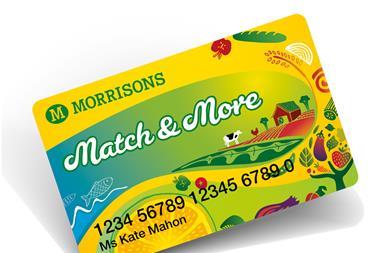
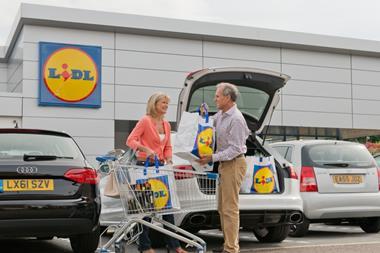
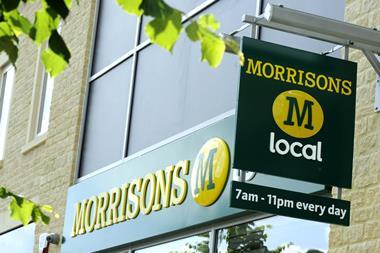
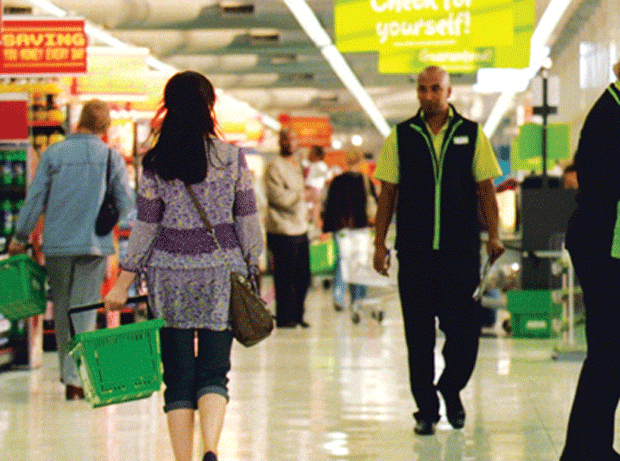

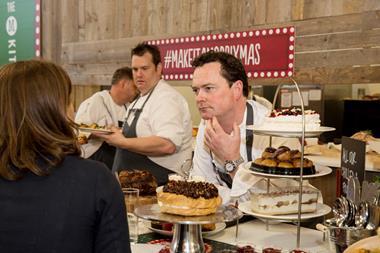

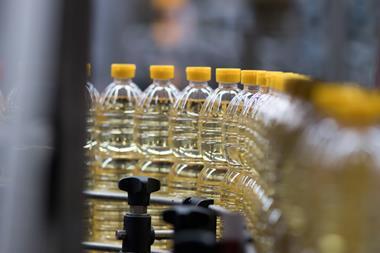
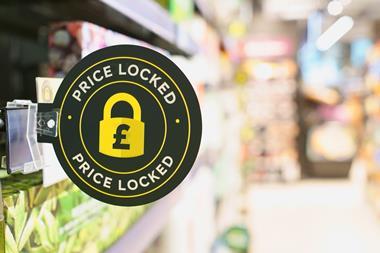

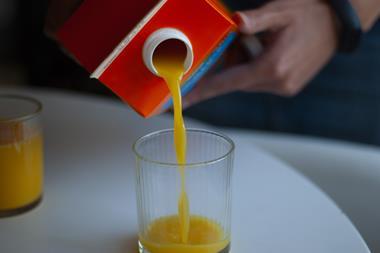
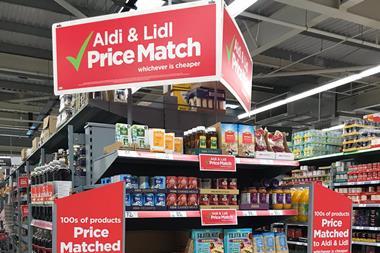
No comments yet